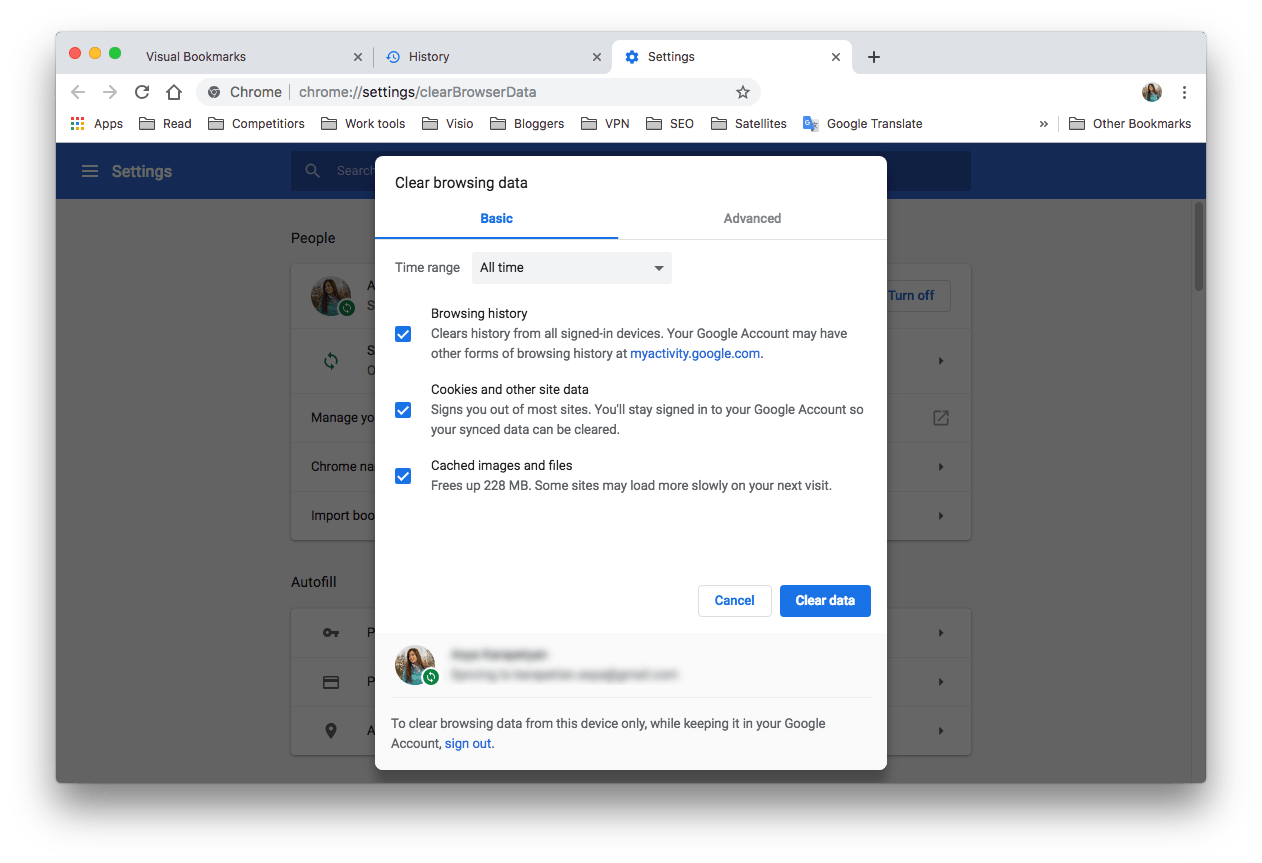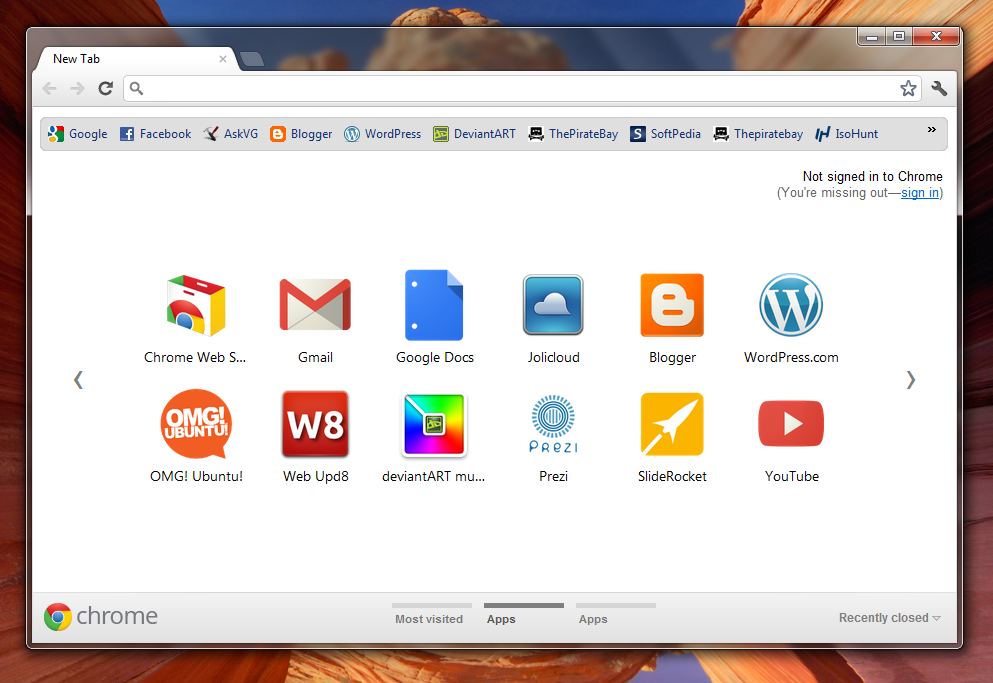How to get updates for macOS Mojave or later

Mar 29, 2019 When using OS X 10.3, click 'Check Now.' Versions of Mac OS X 10.5 and later have the ability to run software update checks automatically. These checks can run in the background. When a software upgrade is available, the computer will prompt you.
If you've upgraded to macOS Mojave or later, follow these steps to keep it up to date:
- Choose System Preferences from the Apple menu , then click Software Update to check for updates.
- If any updates are available, click the Update Now button to install them. Or click ”More info” to see details about each update and select specific updates to install.
- When Software Update says that your Mac is up to date, the installed version of macOS and all of its apps are also up to date. That includes Safari, iTunes, Books, Messages, Mail, Calendar, Photos, and FaceTime.
To find updates for iMovie, Garageband, Pages, Numbers, Keynote, and other apps that were downloaded separately from the App Store, open the App Store on your Mac, then click the Updates tab.
To automatically install macOS updates in the future, including apps that were downloaded separately from the App Store, select ”Automatically keep my Mac up to date.” Your Mac will notify you when updates require it to restart, so you can always choose to install those later.
How to get updates for earlier macOS versions
If you're using an earlier macOS, such as macOS High Sierra, Sierra, El Capitan, or earlier,* follow these steps to keep it up to date:
- Open the App Store app on your Mac.
- Click Updates in the App Store toolbar.
- Use the Update buttons to download and install any updates listed.
- When the App Store shows no more updates, the installed version of macOS and all of its apps are up to date. That includes Safari, iTunes, iBooks, Messages, Mail, Calendar, Photos, and FaceTime. Later versions may be available by upgrading your macOS.
To automatically download updates in the future, choose Apple menu > System Preferences, click App Store, then select ”Download newly available updates in the background.” Your Mac will notify you when updates are ready to install.
* If you're using OS X Lion or Snow Leopard, get OS X updates by choosing Apple menu > Software Update.
How to get updates for iOS
Learn how to update your iPhone, iPad, or iPod touch to the latest version of iOS.
Learn more
- Learn how to upgrade to the latest version of macOS.
- Find out which macOS your Mac is using.
- You can redownload apps that you previously downloaded from the App Store.
- Your Mac doesn't automatically download large updates when it's using a Personal Hotspot.
There are a lot of great things Google has brought to the table over the years, including Search, Maps, and the Google Pixel smartphone (its cameras, anyway). Unfortunately, it's also an apex predator often accused of mining and collecting personal data in questionable ways.
A case in point is the GoogleSoftwareUpdate.app file that gets installed on Macs in the presence of Google apps such as Chrome and Google Earth.
First discovered by Wireda decade ago, the pesky file runs in the background and supports software patching and updating. Unfortunately, it also grabs your computer's hardware information, usage frequency, the number of active profiles on your computer, and more.
Recently, it's been rearing its ugly head again with the update to macOS Catalina. With the new Catalina security settings in place, updaters you may not have even known were there are being spotlighted, asking if you're OK with what they're doing. The first time you open Chrome on your Mac, you may see a notification asking if you want to run GoogleSoftwareUpdater.app, noting that Google installed it at a previous time. If you click 'OK,' you're back to what you've always been doing. If you click 'Cancel,' you have a new set of annoyances to deal with.
The folks over at E-Thinkers say what Google claims the file does is 'harmless.' However, because of how it's been designed, it 'behaves like a malware.'
What will you think if I'm telling you that there is a piece of software that:
- it installs in your computer without explicit asking for your permission, nor giving the options to decline it;
- it frequently sending data back to Google without your knowledge;
- it can't be configured via a settings menu;
- there is no uninstallation tool for you;
- and it will re-install by itself if you delete it.'
I would agree, which is why removing GoogleSoftwareUpdate.app permanently might be the best course of action for most Mac users. However, because the tool's main objective is to automatically update Google software in the background, a better solution might be to change how often Google can check for those updates.
Warning: This guide is for expert-level users. If you don't have a comfortable understanding of Terminal, low-level systems, and security, stay away. Otherwise, as a responsible adult: proceed at your own risk.
Confirming GoogleSoftwareUpdate.app
Before attempting to delete or adjust the Google file, you should confirm its existence on your computer. Hint: If you have a Google product installed, it's almost certainly there somewhere!
E-Tinkers first published each of the following steps in January 2018. Apparent changes made by Google required an update released in July 2019.
To confirm GoogleSoftwareUpdate.app is installed, you'll need to bring up Terminal.
- Selection Go on the Mac toolbar.
- Choose Utilities.
Click Terminal.
- Type of the following command syntax:
defaults read com.google.Keystone.Agent.plist. Hit Return. You should see a screen like the following; if you don't, the file isn't installed:
Source: E-Tinkers
Adjusting how often GoogleSoftwareUpdate.app runs
In the screenshot above, note the checkInternal setting. This shows how often Google checks your computer for software updates in seconds. In the example above, Google checks every five hours (3,600 x 5 = 18,000 seconds) by default. You can adjust this time by changing it using Terminal. By changing how often the updater check for software updates, you can continue to use your Google apps, but only run it once in a while.
- Selection Go on the Mac toolbar.
- Choose Utilities.
Click Terminal.
Type of the following command syntax:
defaults write com.google.Keystone.Agent checkInterval 604800where the check now happens every 24 hours.
If you change the checkInternal to 0, Google's no longer sending data, which E-Tinkers rightly notes is sufficient for most users.
All you have to do to track a package is hit Command + New and paste in the tracking number – that’s it. It really is one of the best Mac apps for anyone with a busy mailbox. Prev Page 19 of 21 Next Prev Page 19 of 21 Next. Apple programs list.
For those who don't like how Google uses the GoogleSoftwareUpdate.app on Mac, uninstalling might be the best option.
To uninstall GoogleSoftwareUpdate.app
You can disable GoogleSoftwareUpdate.app by using the command syntax: sudo rm -R ~/Library/Google/GoogleSoftwareUpdate/. Unfortunately, with this solution, it will quickly return if you once again run a Google app on your Mac.
Because of this, you need to take different steps to uninstall the app. These steps will prevent Google apps from reinstalling the update again by creating a dummy file with the same name:
Mac Os X Download
- Selection Go on the Mac toolbar.
- Choose Utilities.
Click Terminal.
Type of the following command syntax:
sudo touch ~/Library/Google/GoogleSoftwareUpdatesudo chmod 444 ~/Library/Google/GoogleSoftwareUpdate
One final step
In July, E-Tinkers determined Google had changed a setting so GoogleSoftwareUpdate.app would install on the global level on a Mac if a user deleted it at the user level. Therefore, you should also run this command in Terminal:
sudo touch /Library/Google/GoogleSoftwareUpdate
sudo chmod 444 /Library/Google/GoogleSoftwareUpdate

Is GoogleSoftwareUpdate.app really gone?
To confirm the Google app is now removed from your computer:
- Launch Google Chome.
Type
chrome://helpin the URL. You should see the following:
Update Mac Os X Free
It's light's out for GoogleSoftwareUpdate.app on your computer!
What about updates?
If you want to update a Google app on your Mac after following the steps above, you'll need to delete it, then install it again from the Google website. You'll once again need to delete GoogleSoftwareUpdate.app after doing so, however.
Any questions?
Mac Os X Google Software Update Uninstall
Let us know if you have any questions about the steps offered in this post below.
With Acronis True Image 2020, creating a full image backup on an external hard drive is as easy as two clicks. Once the drive is connected and Acronis True Image is running, you click Add backup.The entire computer is the default backup source, so you simply need to assign the external drive as the Backup destination and then click Back up now. Stellar Drive clone is one of the best disk cloning app for Mac. It creates an identical, ready to use copy of the hard drive. The Clone software creates partitions in the same way as that of the actual hard drive. The tool supports various types of cloning like, HFS-to-HFS, FAT-to-FAT and NTFS-to-ExFAT. When choosing a Windows or Mac full image backup system it is crucial to make an informed decision on which product is right for you. Finding the best image software that is reliable, versatile and easy-to-use is key. The following criteria can help you evaluate the best hard drive imaging software. A clone also comes in handy for troubleshooting, because you can use it to run third-party utilities on your ailing drive. (Your Mac’s built-in OS X Recovery features include Disk Utility, but. The free disk imaging and cloning software. Clone, image, or partition. Can run from USB or CD. Or copy a hard drive to another with a dissimilar sector size. Hard drive imaging software mac.
Us-onlyApple's $500 million batterygate settlement now live, here's how to claim
Eligible users can now apply to receive a cash payment from Apple as part of the $500 million settlement for its part in the iPhone slowdown controversy, 'batterygate'.



